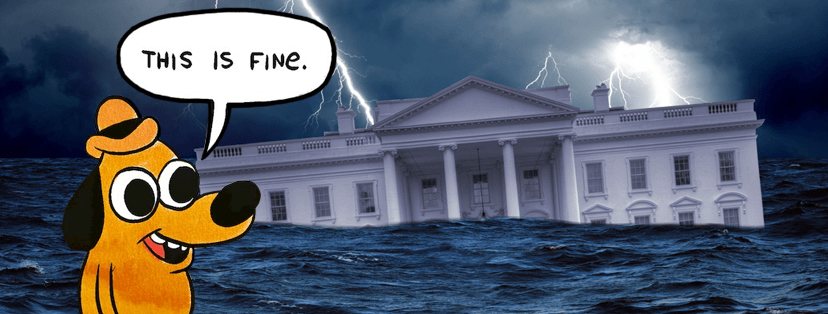From Guest Blogger Emily Folk: Eco-Friendly Disaster Recovery

When concocting your recovery plans, prioritize a few factors. Safety, of course, comes first and foremost. Assuming the weather is severe enough for evacuation, make plans of who you will stay with, or the location of the nearest safe area. Following safety, however, the priority should be directed to sustainability. After all, when rebuilding and recovering from a cataclysmic event, sustainability can help clean up your area and save you money in the long run.
Here are a few of the more environmentally-friendly ideas for disaster prevention and recovery.
Disaster-proof Housing
Prevention is universally better than cleanup, and using sustainable proofing materials on your home ahead of disaster is arguably the best option of all. While some decide to go all-in on the sustainable lifestyle, constructing an eco-friendly bunker against disasters, there are less intensive options as well. One can fortify their house using the eco-friendly “earthbags” — sandbags, but filled with dirt, made from biodegradable material — for instance.
Flooding
Flooding is by far the most common by-product of natural disasters throughout America. Ninety percent of recorded natural disasters within the US included or resulted in flooding. Given this, buying insurance should be the priority. Many insurance packages require separate payment for flood insurance, which is often surprising to homeowners, especially those within flood-prone areas. For anybody remotely close to a body of water, flood insurance is typically a wise purchase.
As far as the more hands-on options, there are several sustainable efforts that can help prevent or mitigate the damage from flooding. In wet, low-elevation areas — including coastlines and bayous — protecting the natural buffers between land and water is both cheaper and more sustainable than constructing man-made barriers. These can include reefs along the coastal areas and mangroves within certain swamp locations. Offering a hand in these projects can go a long way toward preventing future floods.
When it does flood, the most common and destructive elements are the water damage and the subsequent mold and rot. Investing in more eco-friendly mold removal is a great option, using natural processes instead of intensive chemical spraying. When parts of the home are rotted beyond repair or require replacement, try to use sustainable materials for the replacement, including those that are less susceptible to future flood damage.
Home Destruction
In the cases of some extreme natural disasters — including hurricanes, wildfires and earthquakes — many homes are destroyed. Most of these natural disasters are covered under insurance, particularly in areas prone to such activity, so while rebuilding is tough, it is not backbreaking.
When rebuilding, consider investing in more sustainable and healthy materials. Many houses and businesses built before a certain period have a high likelihood of containing asbestos or lead-based paint, both of which should be removed before rebuilding. When rebuilding, some communities have taken to recycling the debris left behind form the natural disaster, repurposing it for building materials. Other cities have revolutionized their power supplies and geared toward clean energy following a disaster.
Disasters
It’s necessary to remember: disasters can strike anywhere and at any time. Some minimal preparations and planning can go a long way when that unexpected day does arrive. Between the safe removal of hazardous material — whether it’s mold or asbestos — and sustainable rebuilding practices, you can plan for the future in many ways.
